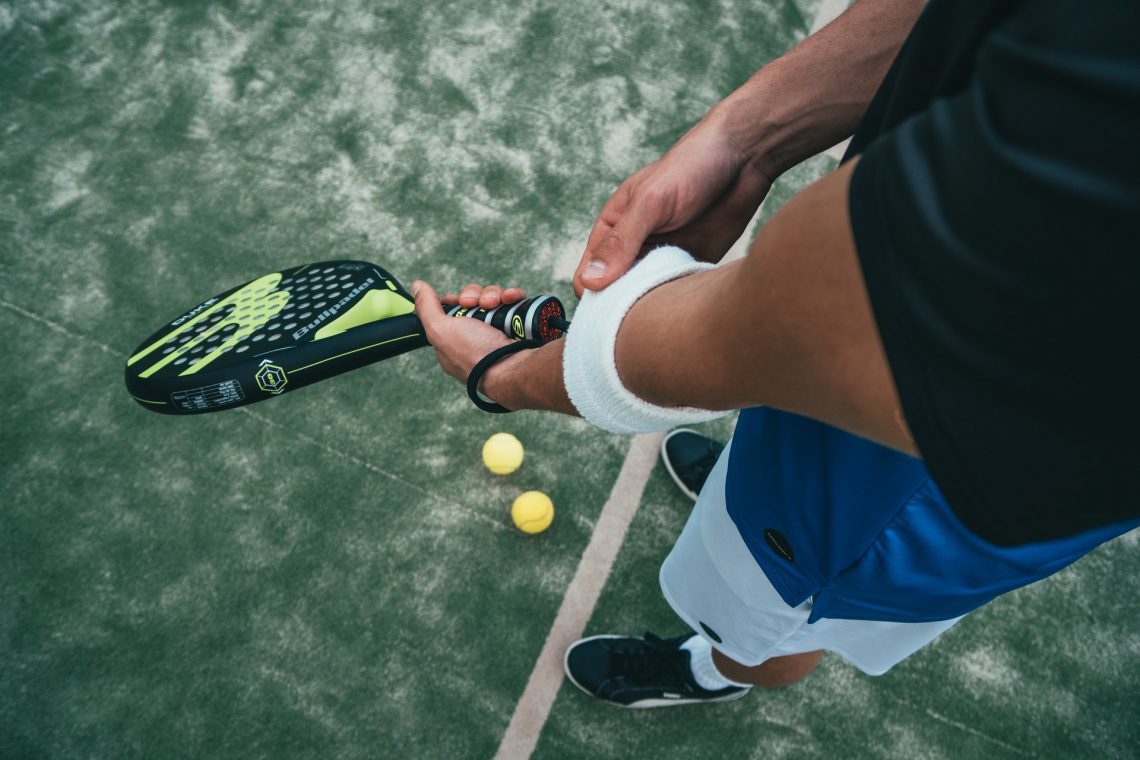
What’s Tennis Elbow?
Tennis elbow is just another title for lateral epicondylitis. It happens when the tendons that connect the muscle to the bone over the exterior region of the elbow tear or swell. This weakens the elbow link and places great strain on the region. Tennis elbow frequently causes pain when you use the muscles to raise, clasp, or twist.
Symptoms
Tennis elbow starts as a hassle on the exterior of the elbow. It becomes worse over time before it’s a serious burning pain. You may experience pain going from the exterior of your elbow into a forearm and the back of your hands once you grip, twist, or lift.
You might feel pain even if lifting light items, like a little book or coffee cup. Pain may increase if you press the exterior of the elbow.
Besides pain, you might have swelling around your elbow joint.

The Reasons
Overuse causes most cases of tennis elbow. It happens when repeated moves cause swelling and swelling on your joints and joints. Playing tennis is but one of the ways that you may get tennis elbow. Individuals who play other racquet sports, like racquetball or squash and fencing are in danger too. Certain tasks may result in tennis elbow.
Tennis elbow can happen at any age but is most frequent in men and women aged 30 to 50.
Prevention
You could have the ability to prevent or protect against tennis elbow. It is helpful to maintain flexibility and strength in your torso and arm muscles. You can achieve it by using light weights to reinforce and performing exercises to elongate. Your local physio can work with you to provide exercises for your tennis elbow. This is particularly critical for individuals whose sport or jobs place them in danger. Wearing a splint during actions might help prevent the problem from becoming worse.
There are things you can do in your home to help alleviate swelling and pain.
- Rest your arm by simply preventing the motion that resulted in the condition.
- Use over-the-counter (OTC) medication that reduces puffiness, such as ibuprofen, naproxen, or aspirin.
- Do gentle corrective stretching exercises many times per day.
- Try altering your sports gear or strategy.
- Try altering your job habitat and customs, or occupation.
- Speak with your physician if these remedies don’t help. They might indicate:
As soon as your swelling and pain have diminished, physical therapy can help fortify your tendons and muscles. Many men and women grow in 4 to 6 months.
If your pain doesn’t improve or if it impacts your lifestyle, your physician may suggest surgery. Normally, operation happens in an outpatient centre. As a result, that you don’t need to remain in the hospital. During operation, the physician will make a tiny cut on the surface of the elbow.
Many people recover from tennis elbow following therapy. You might require physical therapy or a brace to help handle ongoing symptoms or keep them from coming back again.